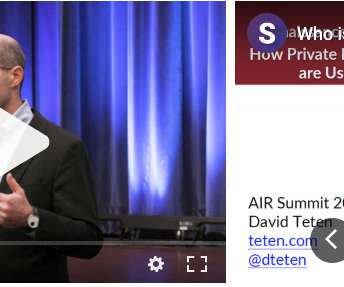Why you should never have a data room — the most counter-intuitive fund-raising advice you’ll ever…
Both Sides of the Table
MAY 19, 2018
A detailed financial model that shows your anticipated revenue, costs and profits (Income Statement) as well as your balance sheet and cashflow statements. VCs (and LPs) have a vested interest in having more data, whether they want to invest in your company / firm or not. against a broad range of similar companies.











Let's personalize your content